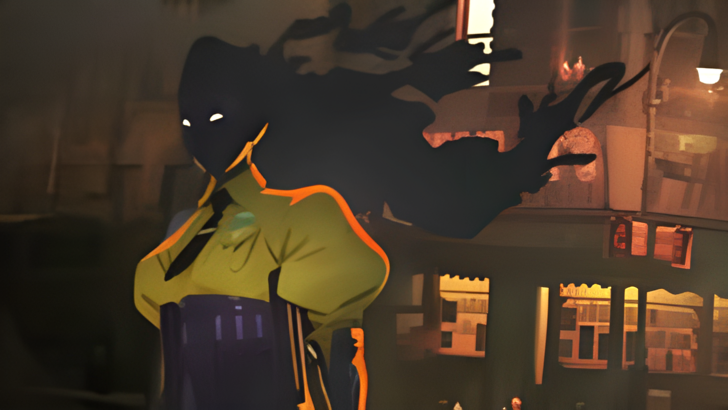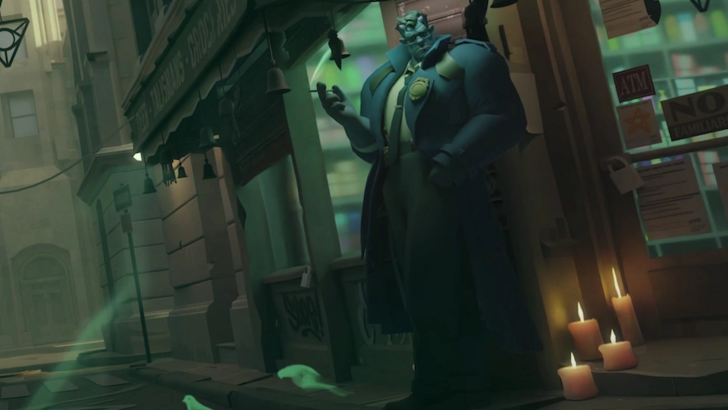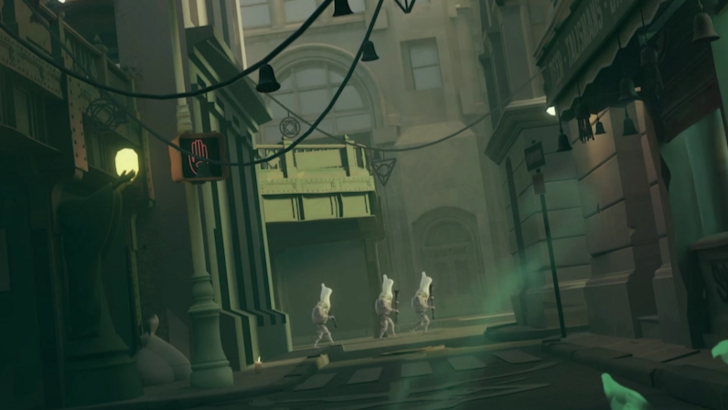 Valve's highly anticipated MOBA shooter, Deadlock, has finally emerged from the shadows, now boasting an official Steam page. This article delves into the recent revelations, including beta statistics, gameplay details, and the controversial approach Valve has taken.
Valve's highly anticipated MOBA shooter, Deadlock, has finally emerged from the shadows, now boasting an official Steam page. This article delves into the recent revelations, including beta statistics, gameplay details, and the controversial approach Valve has taken.
Valve's Deadlock: A Public Debut
Deadlock Officially Launches on Steam
 After a period of intense secrecy, Valve has confirmed the existence of Deadlock and opened its Steam store page. The closed beta recently reached a peak of 89,203 concurrent players, significantly exceeding the previous high of 44,512 on August 18th. Previously relying on leaks and speculation, information about Deadlock was strictly controlled. Now, Valve has eased restrictions, allowing streaming, community discussions, and open conversations about the game. However, it remains invite-only and in early development, featuring placeholder art and experimental mechanics.
After a period of intense secrecy, Valve has confirmed the existence of Deadlock and opened its Steam store page. The closed beta recently reached a peak of 89,203 concurrent players, significantly exceeding the previous high of 44,512 on August 18th. Previously relying on leaks and speculation, information about Deadlock was strictly controlled. Now, Valve has eased restrictions, allowing streaming, community discussions, and open conversations about the game. However, it remains invite-only and in early development, featuring placeholder art and experimental mechanics.
Deadlock: A Unique MOBA/Shooter Hybrid
 Deadlock blends MOBA and shooter elements, creating a dynamic 6v6 experience. Teams battle for control, pushing opponents back while managing waves of NPC units across multiple lanes. This creates fast-paced gameplay demanding a balance between commanding AI troops and direct combat. Key mechanics include frequent Trooper respawns, continuous wave-based battles, strategic ability usage, and upgrades. Movement options like sliding, dashing, and zip-lining add to the tactical depth. The game features a roster of 20 unique heroes, encouraging diverse team compositions and playstyles.
Deadlock blends MOBA and shooter elements, creating a dynamic 6v6 experience. Teams battle for control, pushing opponents back while managing waves of NPC units across multiple lanes. This creates fast-paced gameplay demanding a balance between commanding AI troops and direct combat. Key mechanics include frequent Trooper respawns, continuous wave-based battles, strategic ability usage, and upgrades. Movement options like sliding, dashing, and zip-lining add to the tactical depth. The game features a roster of 20 unique heroes, encouraging diverse team compositions and playstyles.
Valve's Steam Store Standards Under Scrutiny
 Interestingly, Deadlock's Steam page deviates from Valve's own store guidelines. While typically requiring at least five screenshots, Deadlock currently only offers a single teaser video. This has drawn criticism, questioning whether Valve, as a Steamworks partner, should be held to the same standards as other developers. This echoes a previous controversy surrounding promotional stickers on The Orange Box's store page. 3DGlyptics, developer of B.C. Piezophile, points to this as an example of Valve undermining Steam's policy consistency. However, Valve's dual role as developer and platform owner complicates the application of traditional enforcement. The future handling of these concerns remains to be seen.
Interestingly, Deadlock's Steam page deviates from Valve's own store guidelines. While typically requiring at least five screenshots, Deadlock currently only offers a single teaser video. This has drawn criticism, questioning whether Valve, as a Steamworks partner, should be held to the same standards as other developers. This echoes a previous controversy surrounding promotional stickers on The Orange Box's store page. 3DGlyptics, developer of B.C. Piezophile, points to this as an example of Valve undermining Steam's policy consistency. However, Valve's dual role as developer and platform owner complicates the application of traditional enforcement. The future handling of these concerns remains to be seen.















